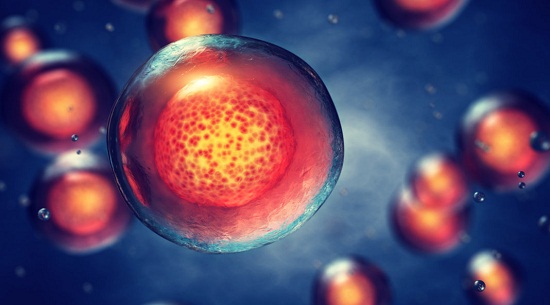Cellular reprogramming: A new way to understand aging mechanisms
Increased life expectancy, due to the rise in life quality and the decline in mortality rates, is leading to a society in which the population aged 60 and over is growing more rapidly than the entire population.
Increased life expectancy, due to the rise in life quality and the decline in mortality rates, is leading to a society in which the population aged 60 and over is growing more rapidly than the entire population.
Although various models and model organisms have been employed to investigate the mechanism of aging, induced pluripotent stem cells (iPSCs) are useful candidates to study human aging and age-related human diseases. This work discusses how iPSCs can be used as an alternative to the model organisms such as yeast, Caenorhabditis elegans, Drosophila melanogaster, or the mouse. The main focus is the reprogramming technology of somatic cells which is thought to provide an important perspective for rejuvenation strategies.
The effects and relationships between aging and cell reprogramming are discussed, and studies related to aging and cell reprogramming are critically reviewed. We believe that for future studies, different parameters and detailed quantitative experiments should be performed in order to clearly understand the effect of aging on human cell reprogramming with respect to programming efficiency and differentiation capacity. This way, new insights will be provided to prevent or even reverse the aging process. This article is categorized under: Adult Stem Cells, Tissue Renewal, and Regeneration > Stem Cells and Aging Adult Stem Cells, Tissue Renewal, and Regeneration > Regeneration Adult Stem Cells, Tissue Renewal, and Regeneration > Stem Cells and Disease.
Reference: http://onlinelibrary.wiley.com/doi/10.1002/wdev.308/full





ارسال به دوستان